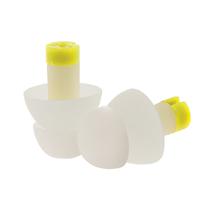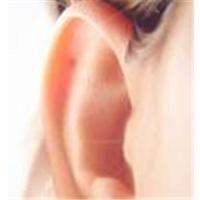
Chicago: US researchers have reversed multiple sclerosis symptoms in early stage patients by using bone marrow stem cell transplants to reset the immune system.
Commenting on the study, Helen Yates, Chief Executive of the UK’s Multiple Sclerosis Resource Centre said: This further piece of research into the use of stem cells with Multiple Sclerosis patients provides another piece of evidence that stem cells could one day provide clear therapies and treatments for MS. MSRC hopes that further work in this area proves as positive as this piece of research
Some 81 percent of patients in the early phase study showed signs of improvement with the treatment, which used chemotherapy to destroy the immune system, and injections of the patient’s bone marrow cells taken beforehand to rebuild it.
“We just start over with new cells from the stem cells,” said Dr. Richard Burt of Northwestern University in Chicago, whose study appears in the journal Lancet Neurology.
Multiple sclerosis occurs when the immune system mistakenly attacks the myelin sheath protecting nerve cells. It affects 2.5 million people globally and can cause mild illness in some people and permanent disability in others.
Symptoms may include numbness or weakness in the limbs, loss of vision and an unsteady gait.
“MS usually occurs in adults,” Burt said in a telephone interview. Before they get the disease, their immune systems work well, he said, but something happens to make the immune system attack itself.
His approach is aimed at turning back the clock to a time before the immune system began attacking itself.
Burt said the approach — called autologous non-myeloablative hematopoietic stem-cell transplantation — is a bit gentler than the therapy used in cancer patients because rather than destroying the entire bone marrow, it attacks just the immune system component of the marrow, making it less toxic.
Burt and colleagues tried the treatment on 21 patients aged 20 to 53 with relapsing-remitting multiple sclerosis, an earlier stage in the disease in which symptoms come and go.
Patients in the study were not helped by at least six months of standard treatment with interferon beta.
After an average follow-up of about three years, 17 patients improved by at least one measure on a disability scale, and the disease stabilized in all patients.
Patients continued to improve for up to 24 months after the transplant procedure, and then stabilized. Many had improvements in walking, vision, incontinence and limb strength.
“To date, all therapies for MS have been designed and approved because they slowed the rate of neurological decline. None of them has ever reversed neurological dysfunction, which is what this has done,” Burt said.
Other teams have seen improvements in patients using a more aggressive approach. In one study led by Dr. Mark Freedman of the University of Ottawa last year, 17 MS patients treated with the more aggressive approach were showing signs of remission two years after treatment.
Burt stressed that the treatment approach needed to be tested in a more scientifically rigorous randomized clinical trial, in which half of the patients get the transplant treatment and the other half get standard treatment.
That trial is under way.
Find more information at www.msrc.co.uk




